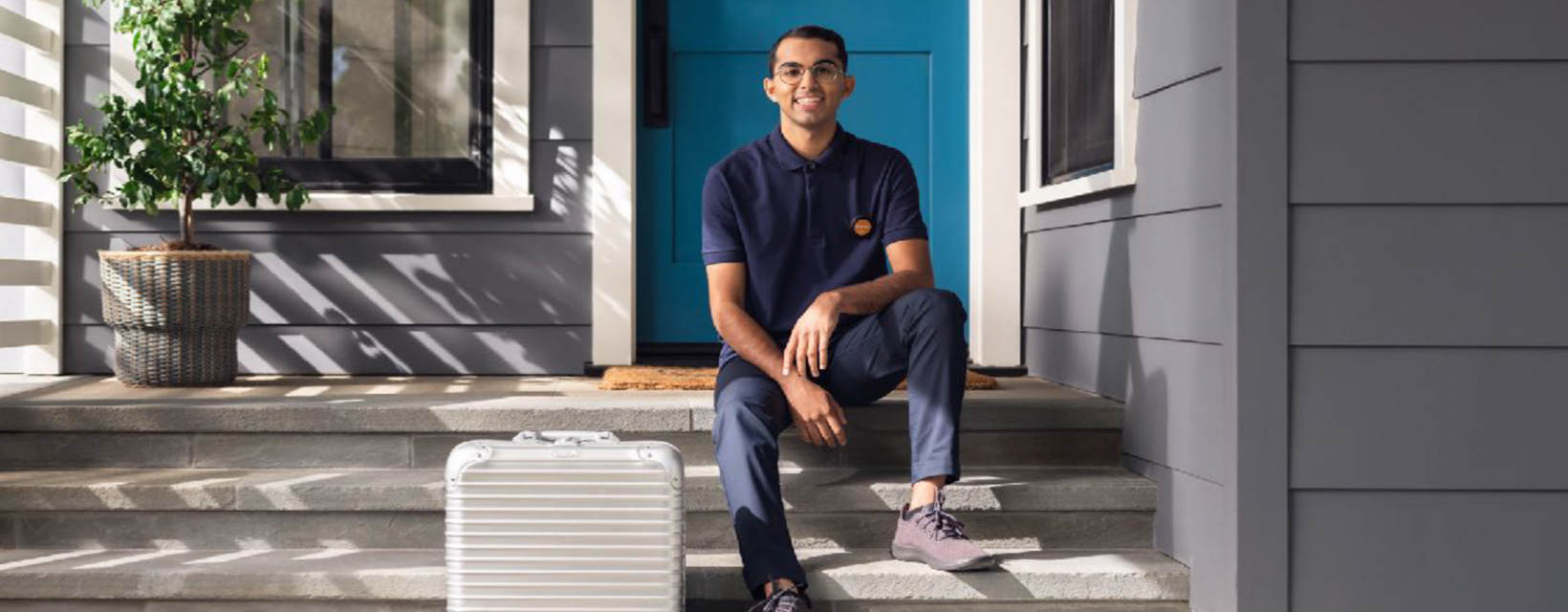Enjoy recently held its analyst day as it prepares to go public via a Marquee Raine SPAC (ticker: MRAC). Loup’s an investor in Enjoy, a technology company that partners with premium brands, including Apple, to offer a high-touch retail experience in-the-home.
We see Enjoy as a disruptive idea that offers asymmetric upside, in part because the company has low overhead costs and negligible customer acquisition costs (partner retailers funnel their customers to Enjoy). The company is expected to go public with an initial EV around $1.2B and we believe in two years, fair value will be closer to $2.8B.
We think about the analyst day in two segments.
Our commerce-at-home thesis
The analyst day furthered our conviction that Enjoy fits within a once-in-every 25 year shift in retail. The last one was ecommerce in 2000, preceded by bigbox retailers in the 80s, and shopping malls in the 50s. We believe retail is on the cusp of its next paradigm shift: commerce at home. Specifically, experiential commerce at home. Our thesis is based on three premises:
- Ecommerce is just commerce at home. That’s because almost all retail transactions involve some digital elements. Read more in part 1: Rethinking Ecommerce as Commerce at Home.
- All great retailers focus on convenience or the experiential. Retail succeeds at either end of the spectrum between convenience (speed, selection, self-service) and the experiential (personalized, curated, high-touch). Read more in part 2: Convenience vs. the Experiential.
- There is an open opportunity in experiential commerce at home. The above two premises set up a four-box paradigm to consider, with Amazon, Walmart, and Apple each succeeding in their respective quadrants. This leaves an open opportunity in experiential commerce at home, and we see Enjoy as a pure play on it.

Five takeaways from the analyst day:
#1 Hiring is a challenge. Enjoy’s internal projections target $1B in annual revenue in 2025, growing at a 78% compound annual growth rate:

Enjoy’s offering, which leverages leased warehouses, delivery vans, and salaried employees, is highly scalable, evidenced by the fact the company can enter a new market in 2.5 months for an investment of around $500k. That said, the limiting factor in ramping to $1B in revenue is hiring enough employees. Enjoy employees are salaried, full-time workers with benefits. The ability to hire enough talent is a wildcard given the current state of the labor market, in which job openings are outpacing new hires. In the optimistic scenario, this is a near-term headwind that will be resolved as labor supply and demand find equilibrium in the fall. In the conservative scenario, Enjoy struggles to hire experts that meet the company’s high quality threshold, thereby slowing Enjoy’s revenue growth.
At the analyst day, the company commented it expects Enjoy’s starting salaries will increase to attract more employees. Even after factoring in the upcoming increase in labor costs, the company expects to be EBITDA positive in 2023. The risk is the planned increase in compensation doesn’t keep up with the market, and Enjoy is forced to further increase spending on experts to meet the growing demand from its partners.
#2 Enjoy’s competitive lead is safe. The process of winning retail partners is slow and methodical, and Enjoy and any competitor must prove their value-add one market, one customer visit at a time. Thus, an early start and partner traction are important. Today, Enjoy has meaningful traction with four partners, including Apple, AT&T, Rogers, and BT/EE. Further, commerce-at-home is focused on premium retailers, a handful of which are already working with Enjoy. For competition to emerge, Enjoy would have to lose partners, an unlikely scenario given the company’s been doing this for seven years, longer than any other competitor. Putting it together, Enjoy’s lead is taking the start-up oxygen out of potential competitor efforts.
#3 A deeper Apple partnership will take time. Enjoy is currently in a 12-month trial partnership with Apple, which is active in 3 US markets today, covering about 30 Apple Store locations. Ron Johnson shared that if Enjoy executes, it has the chance to be a core element in Apple’s global, direct strategy, complementing the company’s pillars around online and brick and mortar. There are no guarantees, and for Enjoy to be successful, they’ll have to earn the right to serve Apple customers one market, one visit at a time. Conservatively, we estimate Apple represents a $4B plus opportunity for Enjoy.
#4 Growing its partner base. Enjoy is laser-focused at building its business around its current four customers, which represents a roughly $6B revenue opportunity. For our methodology, see here. That said, Enjoy has opportunities to add additional partners, most likely in the consumer electronics and luxury goods (perfumes, high-fashion clothing and bags) verticals. Premium brands in these verticals benefit from an in-the-home experiential retail strategy because it increases customer satisfaction, engagement, and loyalty, thereby pushing lifetime customer value higher.
Eventually, we see all premium brands having an in-home experiential commerce strategy, which we believe could eventually account for up to a third of these brands’ revenues. This raises a question: will premier retailers build out these capabilities internally? We view that as unlikely given the logistical operations of bringing the store to a customer’s home is outside the core competency of these brands.
#5 CFO’s comments about beating expectations. During the analyst presentation, Enjoy’s CFO, Fareed Khan, talked about the importance of beating expectations as a new company. This is a good sign given a key for success for a new publicly traded stock is to beat and raise guidance, which builds long-term trust with investors and increases the multiple investors are willing to pay for the company.
